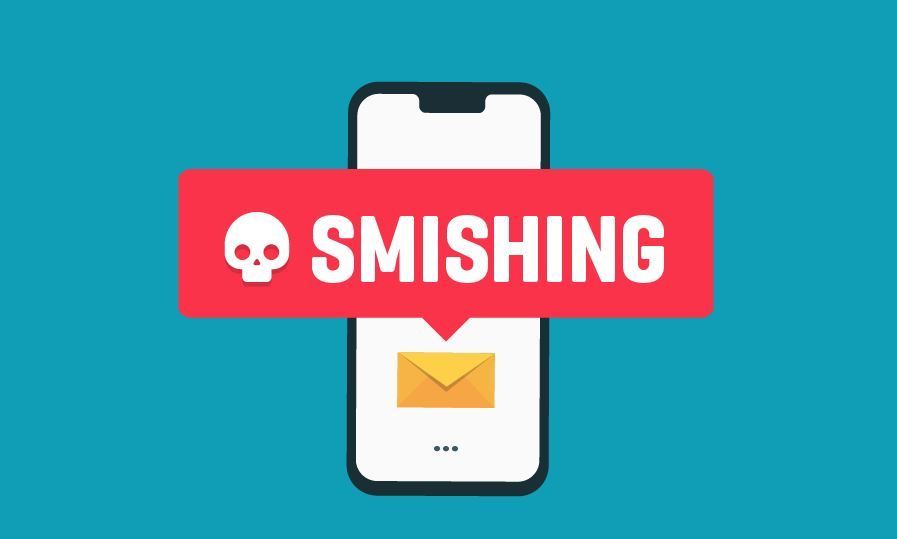The Smishing have developed different ways to get information from smartphone users, but the pattern is always the same: the sender of the message pretends to be a representative of a company or an acquaintance of the victim and tells him a story that motivate you to share your personal data or unknowingly download some kind of malware. This personal component is key for smishing to work and is also known as social engineering.
The attacker tries to convey a feeling of special confidence in order to emotionally manipulate the victim, who must have the impression that the best thing to do in such a situation is to follow the instructions in the message and forget about any kind of preventive measure.
Cybercriminals can also ask the victim to answer certain questions by SMS or to call a certain phone number or take any other action that involves an additional cost. In short, the ultimate goal of Smishing is to obtain our user codes or personal information, as well as sell us false non-existent products or services, infect our mobile device, etc.
The good news is that it is easy to protect yourself from the potential ramifications of these attacks. In fact, you can stay safe by doing nothing at all. The attack can only deal damage if you bite the hook. There are a few things to keep in mind that will help protect you against these attacks.
▸You should consider urgent security alerts and redemptions of coupons, offers or opportunities that require you to act quickly as warning signs of a hacking attempt.
▸Never click on a link or phone number in a message that you are unsure about.
▸Look for suspicious numbers that don’t look like real mobile numbers, like 5000. As Network World points out, these numbers are related to email services such as text message, which scammers sometimes use to avoid providing their real phone numbers.
▸Don’t keep your credit card or bank information on your smartphone. If they don’t contain the information, thieves can’t steal it, even if they leak malware onto your phone.
▸Refuse to take the bait, just don’t respond.
Related reads:
Types of phishing to be careful about
How we protect ourselves and identify Phishing
Fraudulent campaigns called SMS Bandits
Be very careful with SMS frauds & scams



